Enhance aerospace safety with high-tech vibration isolation solutions.
During the Federal Aviation Administration’s certification process of new and modified aircraft, there are several key benchmarks that must be achieved during aircraft testing. Any anomalies in testing must be addressed to ensure safe flying. Therefore, the testing phase is critical to the success of an aircraft. Of these tests, ground vibration testing addresses several components of the process.
However, ground vibration testing requires state-of-the-art soft support systems to conduct tests accurately and predictably. What is ground vibration testing? What might an effective soft support system look like? In this article, we discuss the importance of ground vibration testing, the systems aircraft engineers use for testing, and what these effective solutions look like in practice.
What is Ground Vibration Testing?
As aforementioned, ground vibration testing is a critical phase of the aircraft testing process. The ground vibration test (GVT) is necessary to assure the aeroelastic stability of new and modified aircraft. Then the data are used to validate analytical vibration and flight control models by measuring flight control transfer functions and structural frequency response functions.
In essence, ground vibration testing can tell us a lot about the efficacy of an aircraft before it takes flight. For instance, ground vibration testing can detect structural flaws and troubleshoot flight control dynamic problems. Ground vibration testing’s main purpose is to “obtain experimental vibration data for the entire aircraft you can validate and improve its structural dynamic models,” says Siemens.
Additionally, these models are used to predict flutter behavior and plan safety tests. The University of Texas also points out ground vibration testing determines “damping, stiffness, natural frequencies, and mode shapes inherent to the dynamic response of the structure.” Much goes into determining the effectiveness, safety and structural integrity of aircraft during aircraft testing.
Even so, such tests are not conducted without the help of an exceptional soft support system.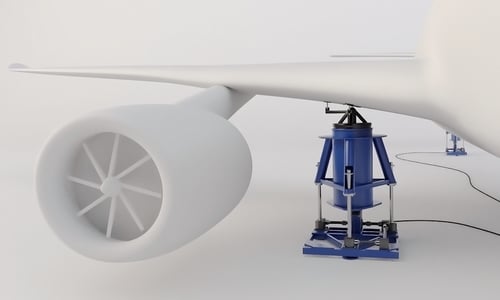
Controlling Vibrations: The Role of Soft Support Systems in Aircraft Testing
To provide unconstrained conditions for aircraft testing, a soft support system is a test engineers best friend to collect important data accurately and precisely. According to NASA, “Soft-support systems are used to simulate the free-free boundary conditions that an aircraft experiences during flight.” When installed, the system isolates the aircraft from the surrounding environment.
This type of isolation is important for accuracy during ground vibration testing. Soft support systems achieve the ideal conditions to assess an aircraft’s performance under a variety of conditions. A complete isolation system allows testing engineers to identify and troubleshoot issues with the structure. Before the aircraft takes flight, the isolation system simulates the forces an aircraft undergoes in the air before it takes flight.
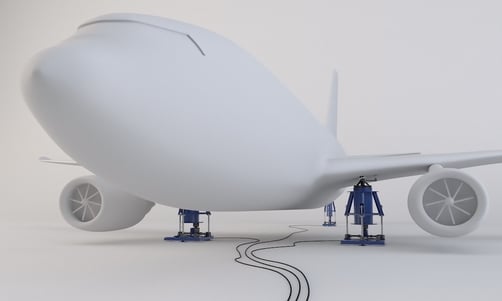
In most applications, soft support systems include an aircraft jacking system with three jacking points. Each jacking point typically comes with its own individual motors and can accommodate the weight of the aircraft being tested. These jacking points lift the aircraft to a point where its landing gear can retract. From there, the aircraft now “floats” in mid-air, simulating a free-free testing environment.
The soft support system is not only creating a setting appropriate for testing but has safety and adaptability benefits as well. The soft support system reduces risk to personnel, equipment and the aircraft by acting as a substitute for critical lifts during GVT.
Moreover, soft support isolation systems are highly adaptable to a variety of conditions. Well-engineered systems automatically reconfigure to meet changes in aircraft height, as well as accounting for hardware configurations. Ultimately, soft support systems provide reliable, accurate testing results saving you time and costs.
How Fabreeka’s Soft Support System Improves Aircraft Testing
Much like we described above, Fabreeka’s soft support system feature all the benefits needed for accurate aircraft testing. A complete isolation system includes three jacking points to support and float the aircraft for testing. Furthermore, the system includes a pneumatic control cabinet, height indicator panel, leveling valves and standard safety features.
Testing engineers save valuable time and money using Fabreeka’s custom isolation solutions. Our systems are highly sophisticated to deliver pinpoint accuracy when testing aircrafts. With a Fabreeka isolation system, no critical lift is needed as the entire system, from isolators to the control cabinet, work in tandem to move the aircraft to its optimal position.
This state-of-the-art system is, of course, powered by Fabreeka’s PAL isolators.
Precision Aire™ Leveling PAL Isolators
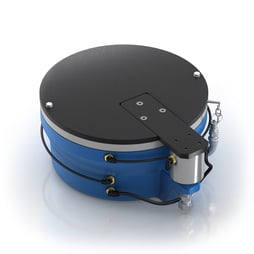
Designed for superior low frequency vibration isolation, Fabreeka’s Precision Aire™ Leveling PAL Isolators are the perfect solution for a soft support system. Using automatic leveling membrane air springs, the PAL isolator is ideally suited for testing that requires height control and vibration isolation.
As mentioned before, the complete PAL pneumatic isolation system consists of at least three master isolators for three-point level control. Each isolator comes equipped with a level-control valve that functions as a load sensor and height control.
As air travel and aircraft engineering continues to improve, aircraft testing is as important as ever to ensure safe flights under a multitude of conditions. With Fabreeka, we work together to develop custom-made solutions that fit the aircraft you are testing. Our PAL isolators make up a complete system that delivers precise and accurate testing environments for the aerospace industry.
***
If you enjoyed this article, you would be interested in reading more about our work in the aerospace industry with articles such as “Why Low Frequency Isolation is Important for Aerospace Testing”

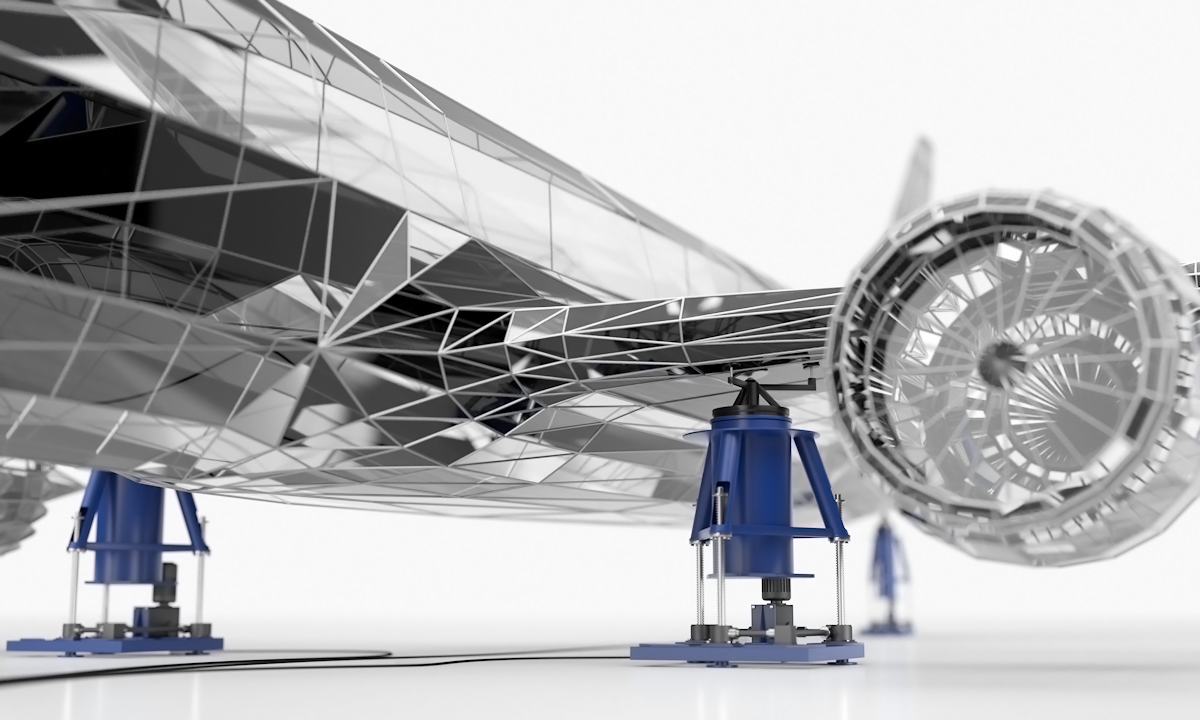

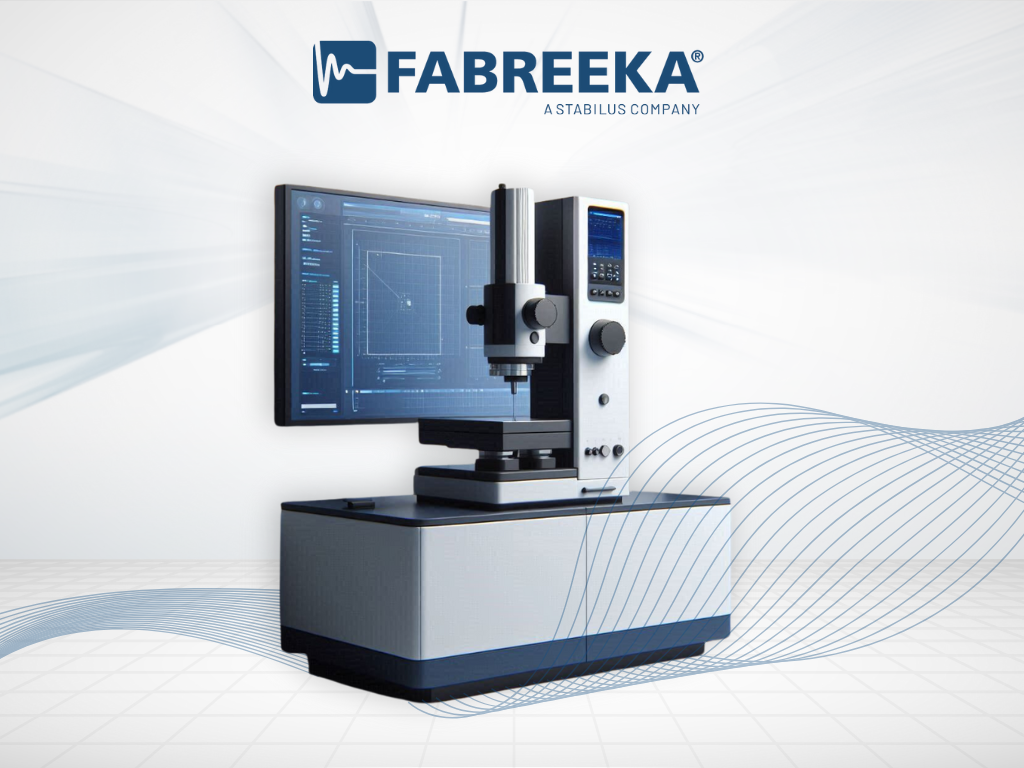
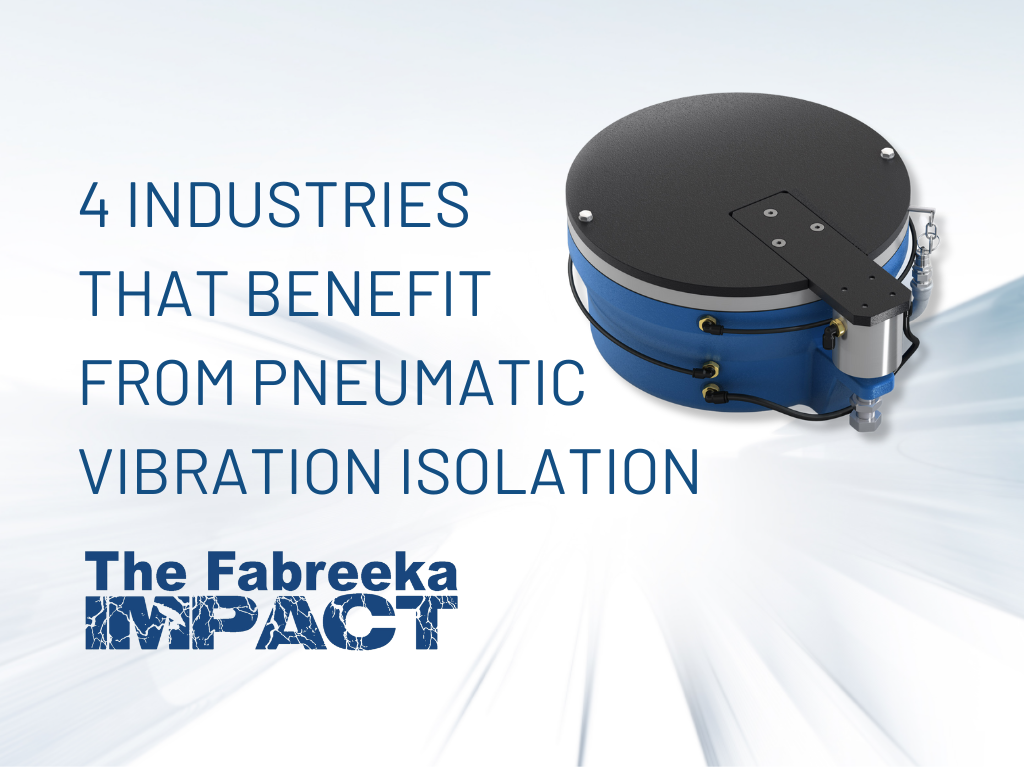
SUBMIT YOUR COMMENT